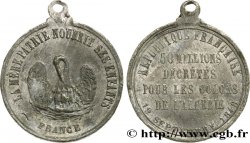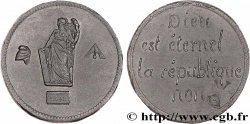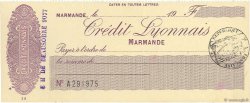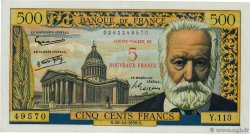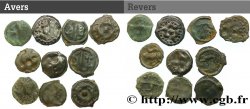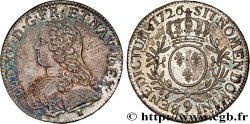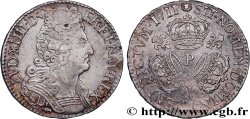Live auction - fme_585664 - SECOND REPUBLIC Médaille parlementaire, Citoyen François Constans-Tournier
You must signin and be an approved bidder to bid, LOGIN TO BID. Accounts are subject to approval and the approval process takes place within 48 hours. Do not wait until the day a sale closes to register. Clicking on "BID" constitutes acceptance of the terms of use of cgb.fr private live auctions.
Bids must be placed in whole Euro amounts only. The sale will start closing at the time stated on the item description; any bids received at the site after the closing time will not be executed. Transmission times may vary and bids could be rejected if you wait until the last second. For further information check the Live auction FAQ
All winning bids are subject to a 18% buyer’s fee.
All winning bids are subject to a 18% buyer’s fee.
| Estimate : | 650 € |
| Price : | no bid |
| Maximum bid : | no bid |
| End of the sale : | 17 December 2024 14:48:02 |
Type : Médaille parlementaire, Citoyen François Constans-Tournier
Date: 1849
Mint name / Town : 82 - Tarn-et-Garonne
Metal : silver
Diameter : 51 mm
Orientation dies : 12 h.
Engraver GAYRARD Raymond (1777-1858)
Weight : 72,41 g.
Edge : lisse + main ARGENT
Puncheon : main indicatrice (1845-1860) et ARGENT
Rarity : R3
Coments on the condition:
Cette médaille présente de hauts reliefs. Exemplaire présentant de nombreuses traces de chocs sur la tranche ainsi que des traces de manipulation. Rayures dans les champs
Obverse
Obverse legend : REPUBLIQUE - FRANÇAISE.
Obverse description : Buste d’Omphale à droite, laurée, portant la dépouille du lion de Némée ; au-dessous GAYRARD SCULPT.
Reverse
Reverse legend : *LIBERTÉ* ÉGALITÉ* FRATERNITÉ* - MDCCCXLIX // ASSEMBLÉE / NATIONALE / - / C.EN CONSTANT TOURNIER.
Reverse description : Légende circulaire et en 3 lignes horizontales dans une couronne de chêne.
Commentary
Les carrés de cette médaille ont été réalisés en mai 1849 par Gayrard suite à un traité passé le 19 mai 1849 avec le questeur de l’Assemblée nationale pour la somme de 1800 francs (Launay, p. 216). Médaille attribuée en 1849 à François, Marie Constans-Tournier en tant que député du Tarn-et-Garonne. Il naquit le 14 décembre 1783 à Montauban (Tarn-et-Garonne) et y décéda le 6 février 1865. Élu le 13 mai 1849 lors des élections législatives, il siégea à gauche sur les bancs de l’Assemblée et ne fit qu’un seul mandat. Son nom Constans est écrit Constant sur la médaille. Avocat de profession, il fut conseiller municipal de Montauban et conseiller général du Tarn-et-Garonne. Il s’opposa au coup d’État de Louis-Napoléon Bonaparte.







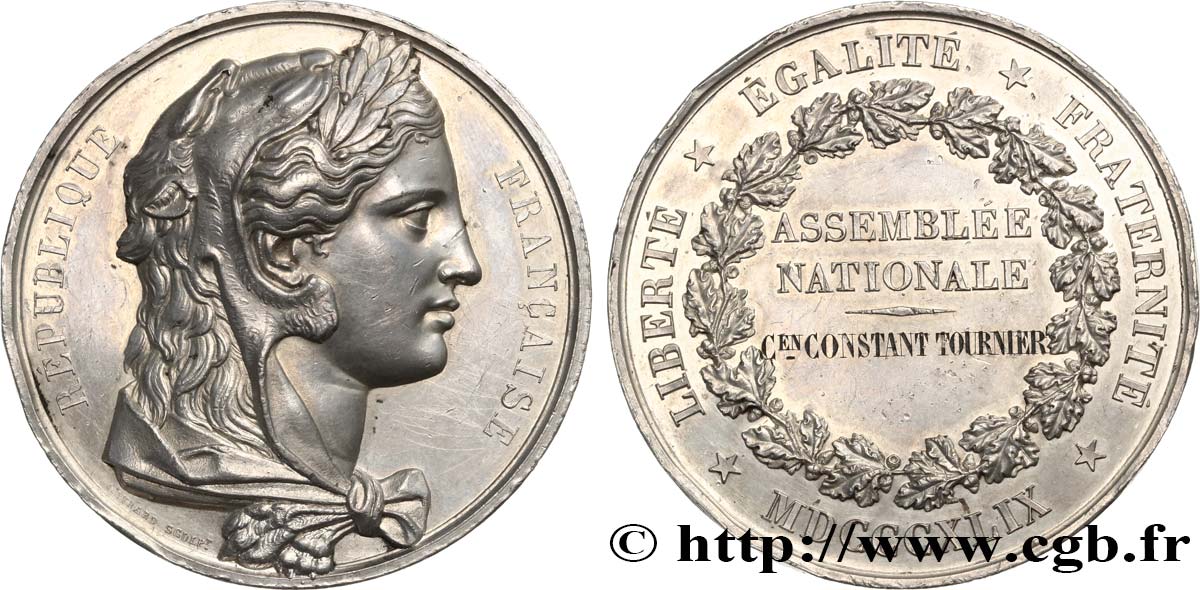
 Report a mistake
Report a mistake Print the page
Print the page Share my selection
Share my selection Ask a question
Ask a question Consign / sell
Consign / sell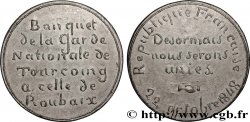
 Full data
Full data
